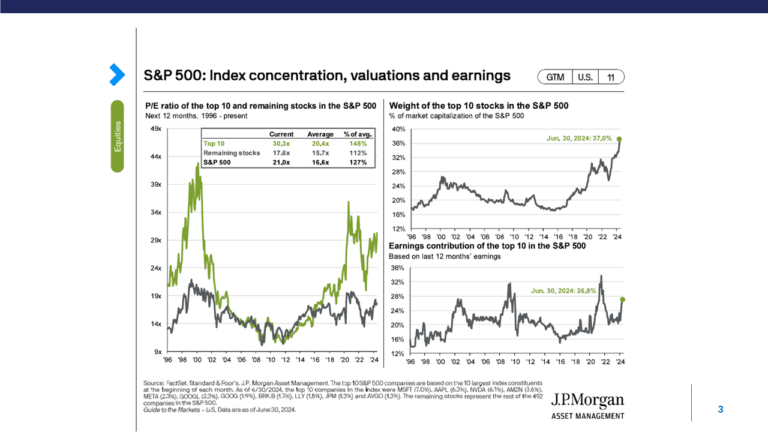U.S. stock market indexes have been reaching new all-time highs repeatedly since last year’s Presidential election. Does this mean investors should be worried that the market is hitting a “top” and that prices are about to slump?
In a word, no: New highs in the markets do not tell us anything about what comes next, say researchers at Dimensional Fund Advisors. In fact, much of the time stock prices continue to go higher even after the Standard & Poor’s 500 Stocks Index hits record levels, DFA research shows.
Looking at returns on the S&P 500 Index from 1926 through 2016, DFA found that the market was higher 80.5 percent of the time a year after hitting a new monthly record high. That was an even better positive performance than just looking at the market’s 12-month performance after any index level, when it gained in value 74.7% of the time.
“Looking at this data, it is clear that new index highs have historically not been useful predictors of future returns,” DFA said. Markets may go down or up after hitting a new high, but their path is not determined by these short-term price movements. Instead, the trends in stock prices are based on investors’ expectations of corporate earnings and expected returns on stocks.
DFA also noted that by ignoring short-term market movements and staying invested for long periods, investors can improve their chances of positive results. Over any one-year period U.S. stocks, as measured by the Fama/French Total U.S. Market Index, have beaten short-term U.S. Treasury Bills about 69 percent of the time. But over every 15-year period stocks have won out 96 percent of the time, DFA said.
Richard Schroeder, CFP®
Chief Investment Officer


